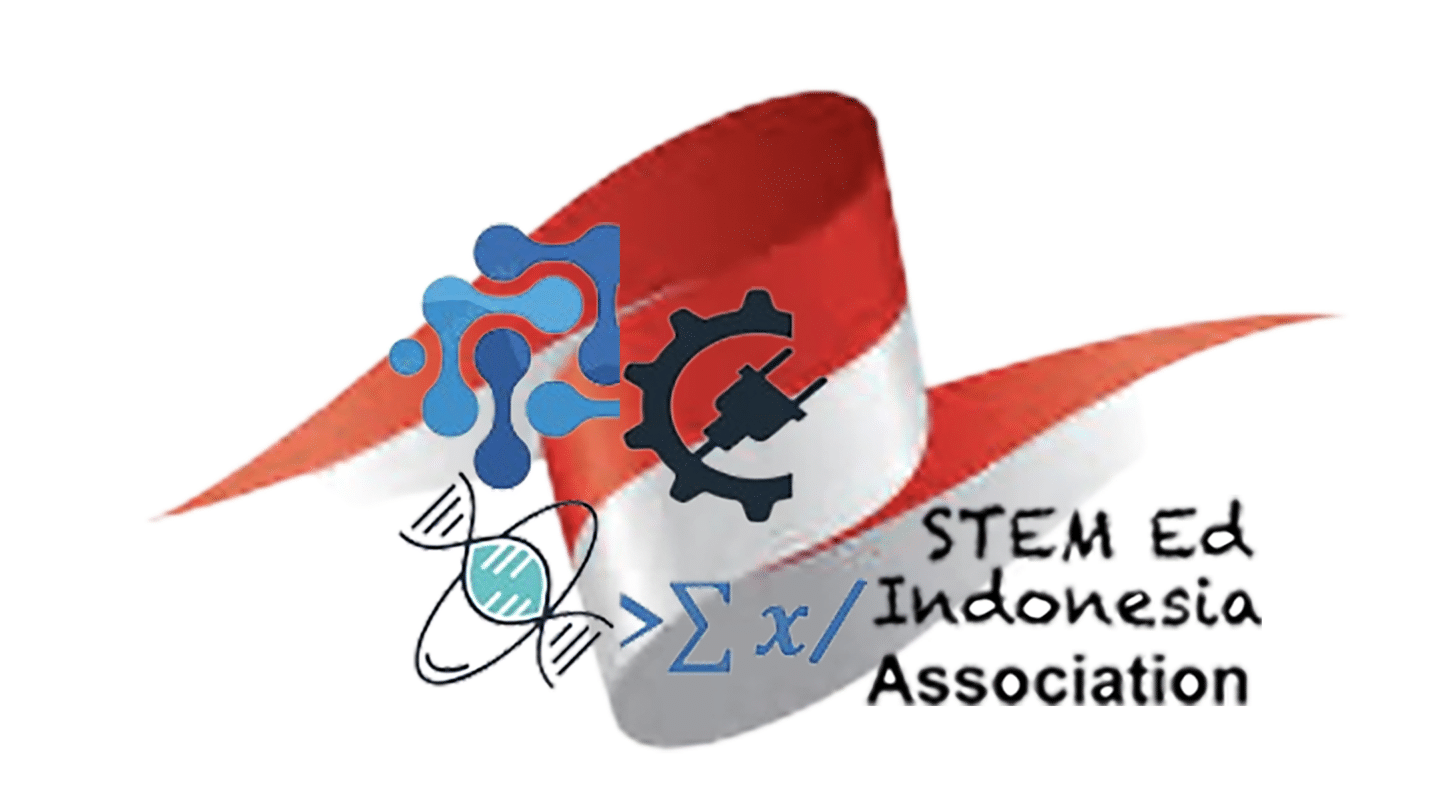A Systematic Literature Review of Mobile Learning Applications in Environmental Education from 2011-2021
DOI:
https://doi.org/10.70290/jeti.v1i1.5Keywords:
Mobile learning, environmental education, literature reviewAbstract
This systematic literature review aims to capture the trends in the use of mobile learning in environmental education from the Springer database. As inclusion criteria, all article journals should be written in English and published between January 2011 and September 2021. The categories to be analyzed were the distribution of annual publications, the number of publications by journal, the number of authors, research methods, the use of the terms mobile learning or environmental education in the title, and the most productive countries. A total of 378 research articles published in the last decade on mobile learning showed a gradual increase over the last ten years. The most published articles about mobile learning are in 2020. In addition, the most commonly used research method is research and development, the most frequently published articles in this field have 3 authors, the most productive journal is Education and Information Technologies, and the most productive country is the US.
References
Abidah, A., Hidaayatullaah, H. N.,. M., Fehabutar. D., Mutakinati, L & Simamora, R. (2020). The Impact of Covid-19 to Indonesian education and its relation to the philosophy of “merdeka belajar”. Studies in Philosophy of Science and Education, 1(1), 38-49.
Akhlesh, B. (2017). Usability study of mobile learning application in higher education context: An example from Fiji National University. In A. Murphy et al. (eds.), Mobile Learning in Higher Education in the Asia-Pacific Region, 607-622. https://doi.org/10.1007/978-981-10-4944-6_29
Ariffin, S. A. (2011). Mobile learning in the institution of higher learning for Malaysia students: Culture perspectives. International Journal on Advanced Science Enggineering and Information Technology, 1(3), 283-288.
Aripin, I. (2018). Konsep dan aplikasi mobile learning dalam pembelajaran biologi. Jurnal Bio Education, 3(1), 1-9.
Asabere, N. (2013). Benefits and challenges of mobile learning implementation: Story of developing nations. International Journal of Computer Applications, 73(1), 23-27.
Calimag, J., Aquino, L., Miguel., &. P. A. G., Conde, R. S. (2014). Ubiquitous learning environment using android mobile application. International Journal of Research in Engineering and Technology, 2(2), 119–128.
Harianto, S. & Yusran. (2017). Pengembangan media pembelajaran kimia berbasis android untuk penumbuhan literasi sains siswa pada materi reaksi redoks dan elektrokimia. Jurnal IKIP Mataram, 5(2), 35-47.
Haris, L. A. (2021). The national science foundation: An overview. https://crsreports.congress.gov/product/pdf/R/R46753
Harrison, R., Flood, D., & Duce, D. (2013). Usability of mobile applications: Literature review and rationale for a new usability model. Journal of Interaction Science, 1(1).
Hernandez, Y., De-la-Calleja, J., & Dominguez, S. (2020). Context-aware mobile learning system: Usability assessment based on a field study. Education and Information Technologies, 48.
Hwang, G., Chu, H., & Lai, C. (2017). Prepare your own device and determination (PYOD): A successfully promoted mobile learning mode in Taiwan. International Journal of Mobile Learning and Organisation, 11(2), 87–107.
Irwanto, I. (2021). Research trends in technological pedagogical content knowledge (TPACK): A systematic literature review from 2010 to 2021. European Journal of Educational Research, 10(4), 2045-2054.
Kim, D., Rueckert, D., Kim, D. J., & Seo, D. (2013). Students perceptions and experiences of mobile learning. Language, Learning and Technology, 17(3), 52–7.
Kitchenham, B. & Charters, S. (2007). Guidelines for performing systematic literature reviews in software engineering, Technical Report EBSE 2007-001, Keele University and Durham University Joint Report.
Kumar, B. A., & Mohite, P. (2016). Usability guideline for mobile learning apps: an empirical study. International Journal of Mobile Learning and Organisation, 10(4), 223–237.
Martin, F., & Ertzberger, J. (2013). Here and now mobile learning: An experimental study on the use of mobile technology. Computers and Education, 68, 76–85.
MobiThinking. (2015). Mobile hardware statistics 2014, mobiForge. https://mobiforge.com/author/mobiThinking
Penzenstadler, B., Bauer, V., Calero, C., & Franch, X. (2012). Sustainability in software engineering: A systematic literature review. International Conference on Evaluation and Assessment in Software Engineering (EASE). https://doi.org/10.1049/ic.2012.0004
Sobral, S. R. (2020). Mobile learning in higher education: A bibliometric review. International of Journal Interactive Mobile Technology, 14(11), 153–17.
Syam, H., Basri, M., Abduh, A., Patak, A., A. & Rosmaladewi. Hybrid e-learning in industrial revolution 4.0 for Indonesia higher education. International Journal on Advanced Science Engineering and Information Technology, 9(4),1183-1189, 2019.
Tamimuddin, H., M. (2007). Pengenalan media pembelajaran berbasis mobile (mobile learning). http://p4tkmatematika.org/
Wei, J., Zhang, H., & Zhuo, J. (2013). Mobile learning usability comparison between the US and Chinese online education. International Journal of Innovation and Learning, 13(1), 96–120.
Downloads
Published
How to Cite
Issue
Section
License
Copyright (c) 2022 International Journal of Educational Technology and Instruction (IJETI)

This work is licensed under a Creative Commons Attribution-NonCommercial 4.0 International License.




